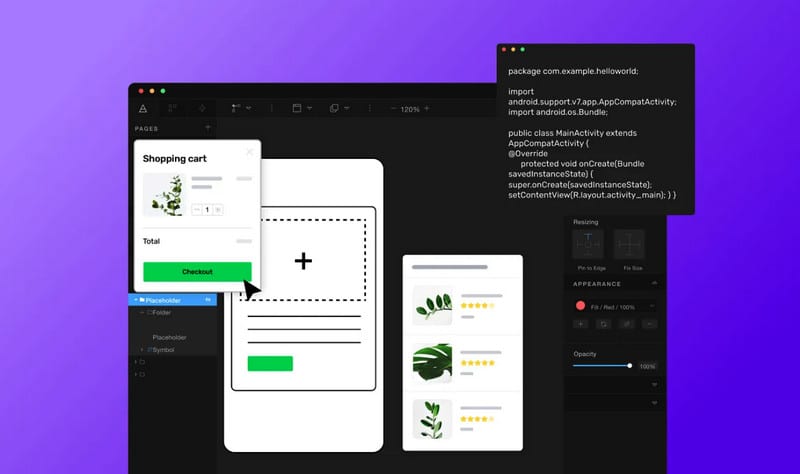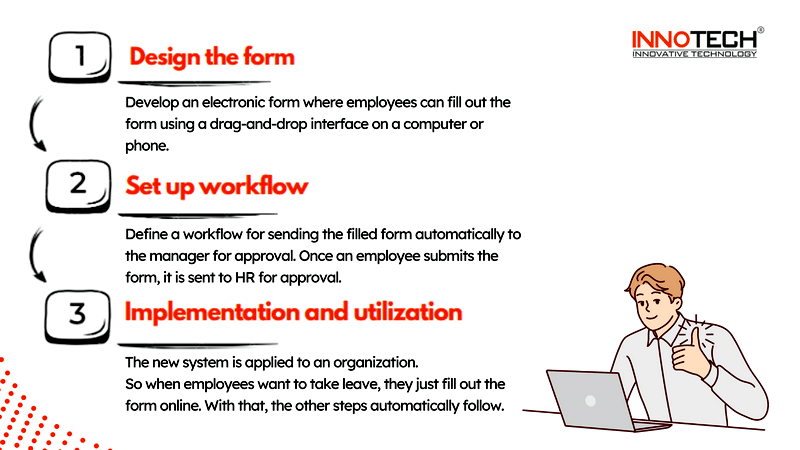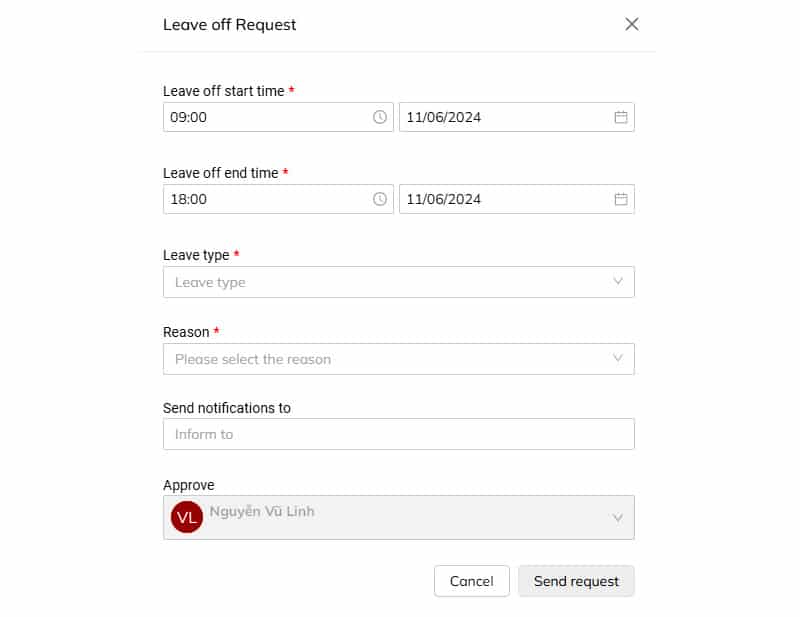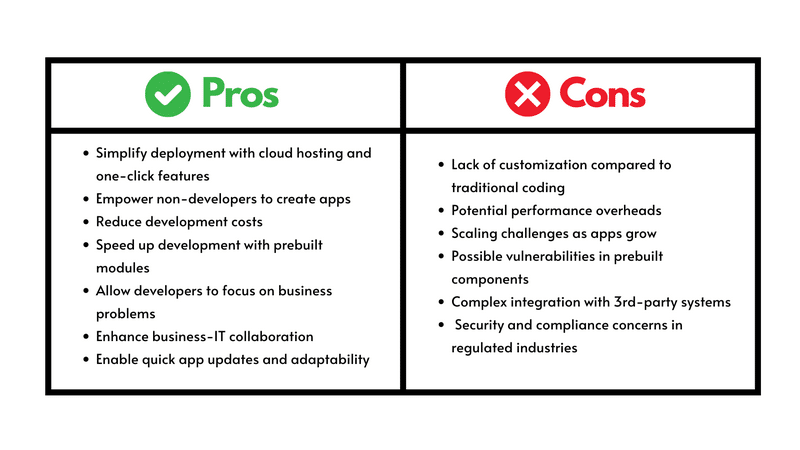What is low-code platform? And why low code is essential?
A code platform is a simplified, highly visual way of making applications. This is where users can produce powerful software utilizing only a bit of code writing. But are they as helpful as they seem?
Statistics show that by 2024, over 65% of application development activity will fall into low-code platforms. This surge involves empowering “citizen developers” – who have minimal coding experience but are now at liberty to participate in the entire app development lifecycle.
Besides, 75% of large organizations will have adopted at least four low-code development technologies for their IT and citizen developer initiatives.
Even more significantly, their relevance is underlined by the expected role in mitigating skill shortages in IT, second only to data science and thus highest among skills corporations are most challenged to acquire. The promise that this guide will be of help, from its definition to its impact on the market, is enormous to those who want to stay at the head of this technology race.
What is low-code development platform?
Low-code (aka low code development platform – LCDF) is an application development approach that minimizes the reliance on hand-coding techniques.
To be more detailed, low-code platforms are game-changers in application development with graphical user interfaces and drag-and-drop availability. These intuitive mechanisms considerably lessen the development overhead by reducing the reliance on more robust coding paradigms.
More so, low-code development frameworks for these employees can enable almost anyone to have a significant impact on the business:
- Shadow IT: They offer employees a sanctioned path for developing solutions, which organically lessens the shadow IT problem.
- Reducing backlog in the IT department: If non-IT people can also develop solutions, the IT department can take up complex work.
- Owning BPM work: The business teams can manage and enhance their workflow.

Low code platform’s drag-and-drop availability
At its core, user experience is paramount in low code to achieve RAD. It armors citizen and professional developers with all the necessary tools, such as:
- A visual IDE: Handy for a user-friendly design application environment.
- Built-in data connectors or APIs: This allows one to integrate with other systems easily.
- Code templates serve as a starting point for the most common functions; hence, the development speed is greatly improved.
As you can see, all these functions in a low-code tool fortify DevOps and provide more time for innovating, not coding.
Low-code vs No-code
Unlike low code, which requires little code knowledge, no code takes it further by enabling business users who are not programmers to build applications without coding a single line. Therefore, the main difference between low-code vs no-code development platforms is how much the user needs to code.
=> You might like: what is low code no code?
In low-code, one should have some basic coding skills to develop and integrate complex applications, and no-code is two to three steps ahead of them all and does not require any programming knowledge. This is why, for some platforms, you’ll see them marketed as having both low-code and no-code tools — they know that the workforce of most organizations has a variety of technical skill set levels.
Example of a low-code platform
If you just read the theory, it might be hard to understand. Let’s look at Innotech’s example to learn how low code helps in a leave-off form request!
In an average office scenario, when somebody needs a leave, they fill out paper forms, take those to their managers for approval, and then forward them to HR.
This is a lengthy process where the HR manager might find similar requests on their desk and add a low-code platform. However, you can easily create an online leave application with a low code on our Kingwork HRM Cloud platform. Here is the detailed implementation:

3 steps on how low code helps in a leave-off form request.

Leave off form on Kingwork HRM Cloud
Today, several low-code platforms have cropped up in the market that provide comfort and ease of usage to software development. Examples include bubble, airdev, webflow, zapier, and even Microsoft Excel and PowerPoint, which are all very common and easily recognizable low-code, no-code platforms.
However, some limitations are that users are often constrained to available tools and functionalities that the chosen platform provides and cannot expand the development beyond the chosen one.
6 Main critical benefits of a low-code platform
To understand why low-code adoption is exploding, let’s take a step back and look at the big picture: Today, there is no lack of competition. The barriers to entry are so low that new players come out of nowhere and disrupt industries with services, technology-led products, and business models.
To compete, traditional companies have always to strive to:
- Innovate and differentiate
- Do things better, faster, and cheaper
- Engage customers in new ways
Here are six ways in which low-code development is beneficial for organizations.
1. Quickly adapt to market changes and customer demands
Move from idea to app with close to zero coding and use drag-and-drop capabilities to empower the business to seize opportunities and avoid potential threats.
Furthermore, remarkably, agility is what low-code development allows organizations to achieve through reusable components, doing away with coding innovation from first principles. Customizable low-code components allow IT teams to build faster solutions, do more in less time, and accelerate along their transformation journey.
2. Reduce operational costs associated with traditional software development
One of the best low-code benefits is that more apps are built with reduced development times. However, if a company takes a low-code approach to development, it will eventually need fewer developers.
Additionally, savings through automation of workflows can be employed in other activities that contribute to growth, such as R&D, marketing, and customer support. Finally, the companies can use low-code platforms to replace or complement their already installed applications. Thus, you can cut the legacy license fees and maintenance costs.

3. Create applications faster and with fewer resources
With low-code development, time will no longer be a barrier to productivity. More productivity may mean increasing your innovation rate and getting a better return on every project.
Who doesn’t want to build and deliver faster? Low-code can cut development time by up to 90%. Speed is the foundation of every low-code platform with features like:
- Visual modeling
- Prebuilt components
- Automation
- One-click deployment
- Assistance bots
- Built-in monitoring
4. Bridge the gap between technical and nontechnical team members
The intrinsic value of low code is that it brings together professional developers and other nontechnical teams in a visual language, all within a collaborative environment. By aligning business, IT, and stakeholders, your apps can be built quickly, deployed seamlessly, and changed easily.
5. Gain better customer experiences
Competition is sky-high, and it’s increasingly complex to differentiate, as being customer-centric may be the only way to survive. Forrester research shows low code can help you deliver consistent customer experiences.
Low-code development can be applied to quickly deliver mobile apps, web portals, IoT-enabled apps, and other applications that face your customers on one platform. As a collaborative tool, low-code can empower the teams closest to the company’s customers to develop their apps or work with professional developers to build them.

6. Facilitate faster integration with existing systems
A typical low-code platform already has built-in integrations, so the developer can integrate their apps with many other systems and data sources. Such pre-integrated connectors or APIs are very equitable means of data access and data sharing.
Besides, prebuilt integrations save much time that is usually spent on custom coding and integration development. This aids in quickly developing and deploying apps that interact well with other business systems.
Pros and cons of low-code
Low-code development is becoming increasingly popular and is anticipated to help businesses tackle digital transformation and traditional coding challenges.
This advanced technology offers promising benefits for your company. However, if not implemented correctly with an understanding of specific low-code challenges, it can potentially harm your business.

Pros and cons of low-code platform
The future of low-code platforms
And from the vantage point of looking ahead, the future of low-code development is bright. There are record predictions for market growth as the demand for more agile, usable, and efficient software solutions shows no signs of slowing down.
1. A recent study by Gartner found that, by 2025, at least 70% of new enterprise applications will be developed using Low-Code and No-Code, compared to less than 25% in 2020.
2. The demand for digital transformation has grown at a breakneck pace, with 66% of companies set to expand their low-code development footprint.
3. Furthermore, as reported earlier, these low-code platforms have lowered the development time from an average of 6 months to just 6 weeks, saving businesses significant monetary resources.
4. Notably, 70% of development teams with zero expertise are proficient in low-code and no-code in just one month.

Innotech experts predict that applications in several industries will continue increasing and that the low-code and no-code platforms will diversify. Expect a rise in low-code platforms for AI and ML development applications.
Due to its complexity, low code will implement the democratization of these technologies for a broader audience and fasten the delivery of AI and ML solutions.
In the case of the Internet of Things (IoT) sector, low-code and no-code platforms can accelerate app development. This will allow businesses to work in the IoT domain without requiring specialized coding capabilities.
More so, with low-code platforms simplifying the process, IoT can transform by being implemented in every industry sector. This potential goes beyond and can materialize in other sectors, like robotics process automation, data analytics, and cybersecurity.
In the end, the future of low code development holds a lot of promises for expansion, exploration, and innovation. As low–code continues to evolve and incorporate most hyper-advanced capabilities and broaden to all applications, the future of software development is where low-code/no-code platforms will come into play.
Conclusion – Is low code platform worth investing in?
Yes, low-code platform is a powerful tool to have in your belt. We’ve experienced firsthand the transformative power of low-code solutions in app development.
They deliver unparalleled speed and simplicity, enabling rapid deployment and iteration. While some argue that this comes at the cost of reduced options and functionalities, the benefits often outweigh these concerns.
The industry is on the brink of consolidation, and our experts firmly believe that low-code platforms are the future. Moreover, it’s crucial for enterprises to carefully evaluate and choose platforms that are not only robust but also have the potential to stand the test of time. Adopting low code means embracing innovation, flexibility, and a competitive edge in the digital market.
Besides, if your business is looking for offshore development services or custom mobile app solutions, consider Innotech Vietnam. We are proud to be one of Vietnam’s top outsourcing software development companies.
With 12+ years of experience working with various businesses, Innotech has delivered over 200 software transformations and helped hundreds of firms modernize their operations. Take a closer look at Innotech Vietnam and see how we can support your projects. Thank you for reading!



